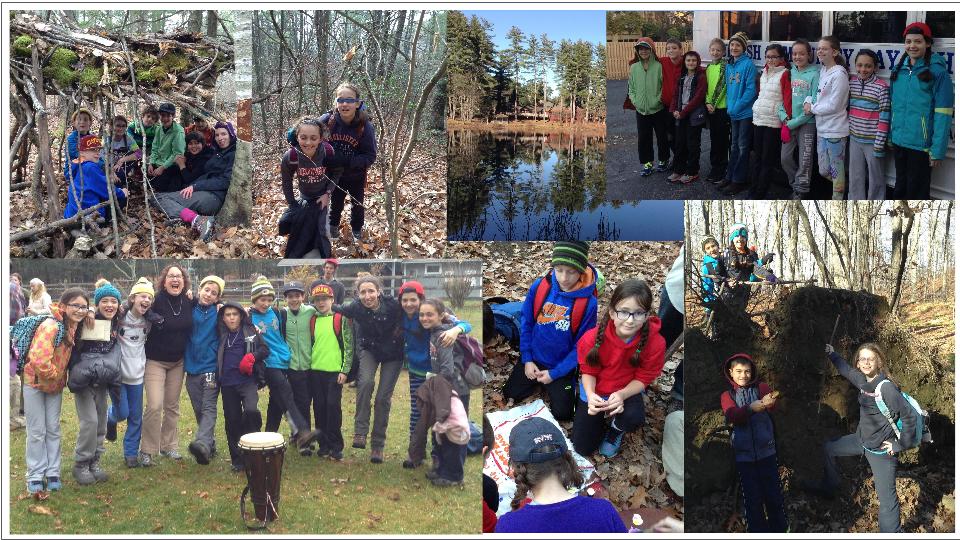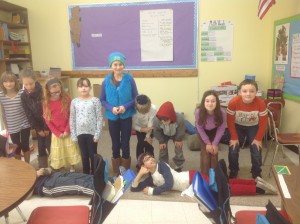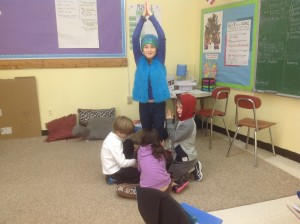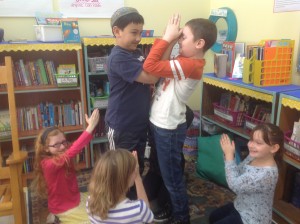I had the wonderful opportunity to be one of the 5th grade chaperones to Teva this year. During these four amazing days, the students learned in nature, prayed, met new kids from other Jewish day schools, practiced Judaism in many ways, and learned about their role in the world. I joined our students during their ‘Limudei Chutz’ (outdoor learning) everyday and witnessed their growth. There are so many stories to tell, but I chose to share one special activity in which they learned about TOGETHERNESS.
The group had a task that they had to complete according to the following rules: to take an object from the teacher and return with it to the starting line. If the teacher saw someone moving or if he guessed which individual had the object, all of them had to go back and start again. The kids started all scattered along the field. Some of them rushed to try to complete the task on their own. They failed over and over again. Students started shouting at others: “Walk! Don’t run!” Some talked to their friends trying to make a plan, but they didn’t include everyone. After each failure, more group members joined the conversation. They finally came up with a plan, involved enough people, and managed to complete the task. However, they were not pleased with their performance; it wasn’t the whole group’s achievement. They asked for one more chance.
This time, before they started, two more rules were added: in order to win, every group member must touch the object at least once; and, all students have to cross the start line. The whole group got together to talk about their strategy and agreed on it. They stood together in a line shoulder to shoulder, facing their teacher. They walked slowly staying together the whole time. When the teacher faced them, they all stopped together. Even when they were close enough to take the object from the teacher, they waited and made sure that they were ready for the next part in their plan. One of them picked up the object and they all turned around with their backs facing the teacher. The teacher tried to guess each time who was holding the object, but without any luck. They passed the object between all group members while they were walking slowly back to their start line. They made it. Together.
I felt so much joy and appreciation to see how these individuals, most of whom had just met each other two days before, transformed into a united group.
Rotem



